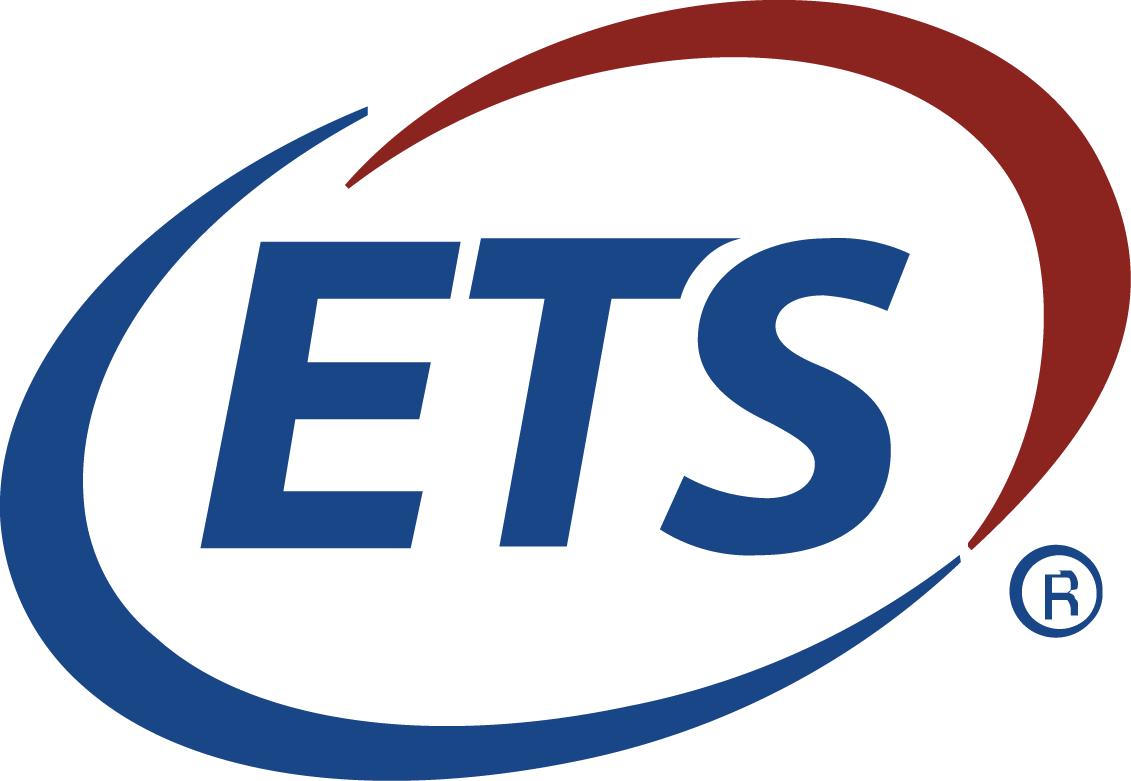Amid a litany of recent challenges to the higher education environment, online learning may very well resemble a green oasis of future growth and opportunity. Once a peripheral option, online learning is transitioning to a more integral and necessary component of academic offerings. Since its inception in 2000, the online learning market has grown by nearly 900%, with projected revenues reaching $203.81 billion in 2025, according to Statista. As higher ed encounters declining enrollments and financial constraints, online education is becoming an important strategic partner, offering flexibility and alternative pathways to attract a diverse student population with options.
Enrollment Challenges and Financial Pressures
Colleges and universities face a “demographic cliff,” with the number of high school graduates projected to decline due to lower birth rates following the end of 2007 into the 2008 recession. It’s a shift that intensifies competition among institutions for a shrinking pool of traditional students, prompting a reevaluation of recruitment and retention strategies.
Financially, many institutions rely on online programs not only to attract students but also to subsidize other operations. A survey by Eduventures revealed that 83% of online programs cost students as much or more than in-person courses, with about a quarter of institutions adding a "distance learning" fee. The pricing strategy often surprises students who anticipate lower costs due to the absence of physical infrastructure. After all, pricing and convenience are the very things that piqued many students’ initial interest in seeking online learning as a viable option in the first place.
The Realities of Online Learning
Undoubtedly, one of the main attractions of online education is the flexibility of offerings that help students balance coursework with work, lifestyle, family, and other responsibilities. It’s a particularly appealing modality to non-traditional students, including working adults who require adaptable schedules.
However, the successful growth of online learning faces several key challenges. Students often report a diminished sense of belonging compared to their in-person peers. Inside Higher Ed's Student Voice survey highlighted that online-only students' sense of community lags behind traditional students. As a result, institutions are gravitating toward enhancing virtual engagement strategies and support services to foster connection and community among online learners.
Cost Considerations and Student Expectations
Despite the assumption that online courses should be more affordable, the reality is complex. As previously stated and accentuated in the Eduventures survey, online programs often match or exceed the cost of their in-person counterparts. Yet, it’s not all a rob Peter to pay Paul scenario. Factors contributing to this include investments in technology, course development, and student support services specifically tailored for the online environment.
Students' perceptions also contribute to the complexity. A New America survey found that 80% of Americans believe online learning should cost less than in-person programs. The discrepancy between expectation and reality underscores the need for transparent communication about the value and costs associated with online education.
Online Learning as a Complementary Pathway
Sometimes, there is a fear that online education is out to replace traditional models. The either/or principle and comparative battle can become part of the problem. Instead of viewing online education as replacing traditional learning, many institutions are increasing efforts around a complementary pathway. Combining online and in-person instruction, hybrid models are gaining traction and applicability as they offer students the benefits of both modalities.
Community colleges, particularly, have seen sustained interest in online classes post-pandemic. In California, more than 40% of community college courses are entirely online, catering to students with diverse needs. It’s a trend that reflects a broader shift toward integrating online options to enhance accessibility and accommodate varying student circumstances.
Expanding Opportunities Through Online Education
Access emerges as a critical plus to online learning expansion, particularly for students in remote areas without nearby options or those unable to attend traditional classes due to personal or professional commitments. It also opens doors for lifelong learning opportunities, allowing individuals to upskill or reskill in response to changing job markets.
For today’s younger students focused on time commitment and ROI, online programs serve as a bridge for those hesitant about committing to a full degree program. Short-term certificates and microcredentials offered online provide opportunities to gain specific skills and explore fields of interest without the time and financial investment of a traditional degree.
The Need for Institutional Adaptation
As online learning inevitably expands and becomes more integral to higher education, institutions will contend with increased attention and resources toward the evolving needs of differing student offerings. A shift in commitment includes investing in robust digital infrastructure, AI advancements, training faculty for effective online instruction, and developing comprehensive support systems to ensure student success. Adaptation will also accentuate the need for knowledgeable guidance expertise that understands the complexities of higher education’s ecosystem, which is broadening opportunities with private partnerships.
Added to the list of adaptive measures, institutions will continue to address the perception and reality of online education quality. Ensuring rigorous academic standards and providing clear information about program outcomes will be an ongoing process to build trust and demonstrate the value of online offerings.
Supportive Structure to the Future of Higher Ed
In a rapidly expanding tech-driven world, online learning remains vital to higher education's future, offering flexible, accessible, and diverse pathways for students they wish to attract. While challenges persist, particularly regarding cost perceptions and student engagement, concerted integration of online education alongside traditional models presents an opportunity to reimagine and strengthen the evolution of the higher education landscape.
As institutions navigate demographic shifts and financial pressures, embracing online learning not as a substitute but as a strategic partner has the potential to enhance institutional resilience and expand opportunities for learners across the spectrum. In an almost ironic sense, it may provide the very needed support that helps maintain traditional learning environments and institutional structures well into the future.













